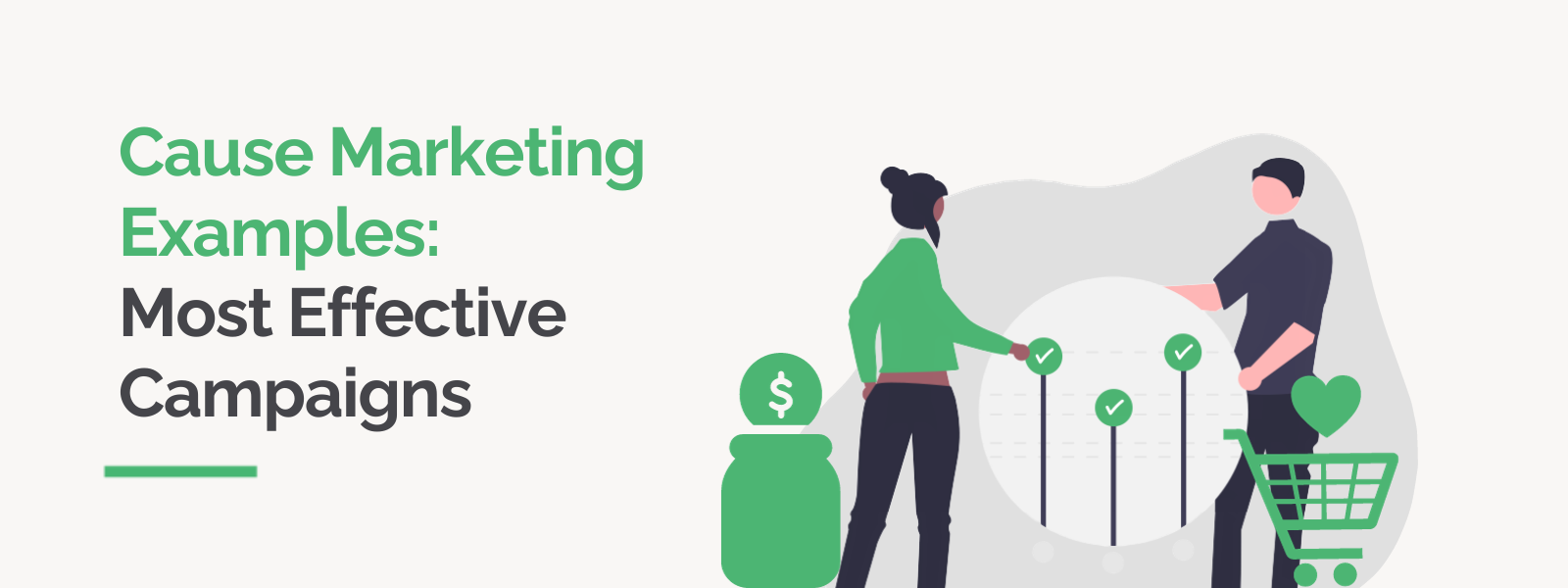 https://doublethedonation.com/wp-content/uploads/2022/04/Cause-Marketing-Examples-Most-Effective-Campaigns.png
600
1600
Adam Weinger
https://doublethedonation.com/wp-content/uploads/2025/11/DTD-horizontal-logo-300x63.png
Adam Weinger2023-11-11 14:09:412025-11-20 02:24:55Cause Marketing Examples | 14+ Effective Campaigns
https://doublethedonation.com/wp-content/uploads/2022/04/Cause-Marketing-Examples-Most-Effective-Campaigns.png
600
1600
Adam Weinger
https://doublethedonation.com/wp-content/uploads/2025/11/DTD-horizontal-logo-300x63.png
Adam Weinger2023-11-11 14:09:412025-11-20 02:24:55Cause Marketing Examples | 14+ Effective Campaigns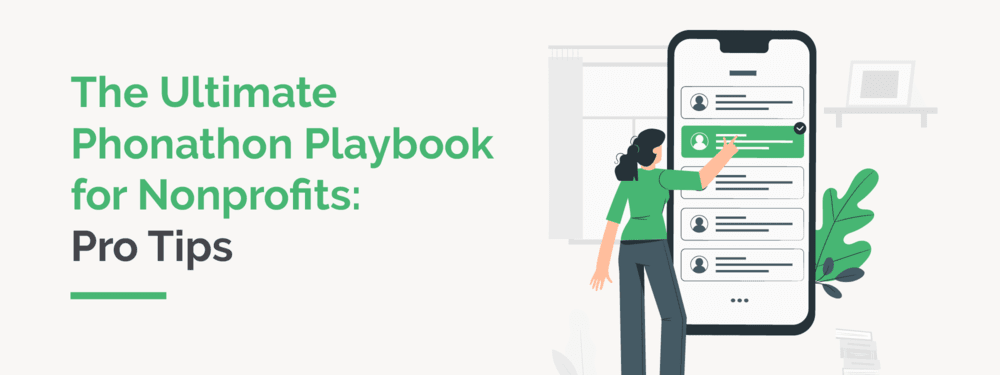
The Ultimate Phonathon Playbook for Nonprofits: 16 Pro Tips
In the world of nonprofit fundraising, few strategies have stood…

Marketing Matching Gifts In Your Digital Communications
The #1 reason why donors don’t submit matching gift requests…
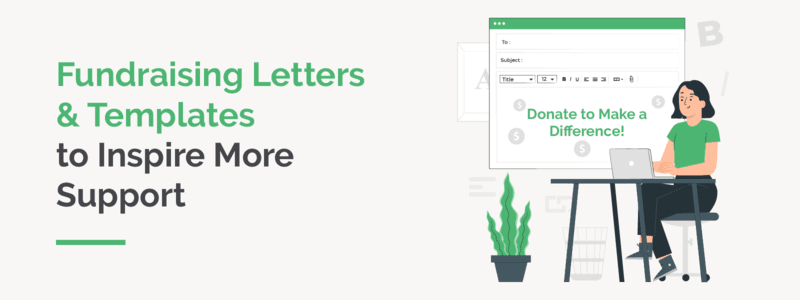 https://doublethedonation.com/wp-content/uploads/2023/08/Fundraising-Letters_Feature.png
300
800
Adam Weinger
https://doublethedonation.com/wp-content/uploads/2025/11/DTD-horizontal-logo-300x63.png
Adam Weinger2023-08-02 14:00:382025-11-19 13:00:5414 Fundraising Letters & Templates to Inspire More Support
https://doublethedonation.com/wp-content/uploads/2023/08/Fundraising-Letters_Feature.png
300
800
Adam Weinger
https://doublethedonation.com/wp-content/uploads/2025/11/DTD-horizontal-logo-300x63.png
Adam Weinger2023-08-02 14:00:382025-11-19 13:00:5414 Fundraising Letters & Templates to Inspire More Support
Matching Gifts and Relief & Development Nonprofits
In today's nonprofit world, the collaboration between individual…

Matching Gifts for Homeless Shelters & Missions | A Guide
As homelessness remains a persistent issue across the globe,…

Matching Gifts and Environmental Nonprofits | What to Know
In today's world, where environmental challenges are at the forefront…
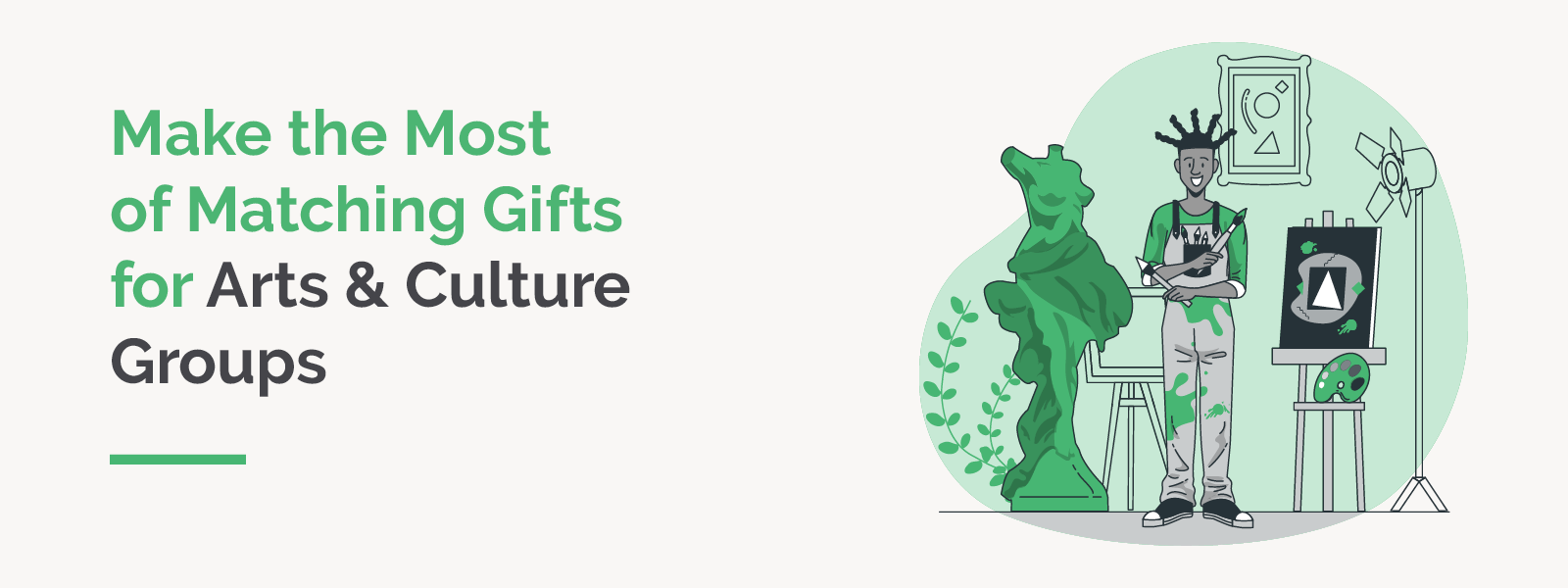
Make the Most of Matching Gifts for Arts & Culture Groups
Matching gifts are a powerful yet continuously underutilized…
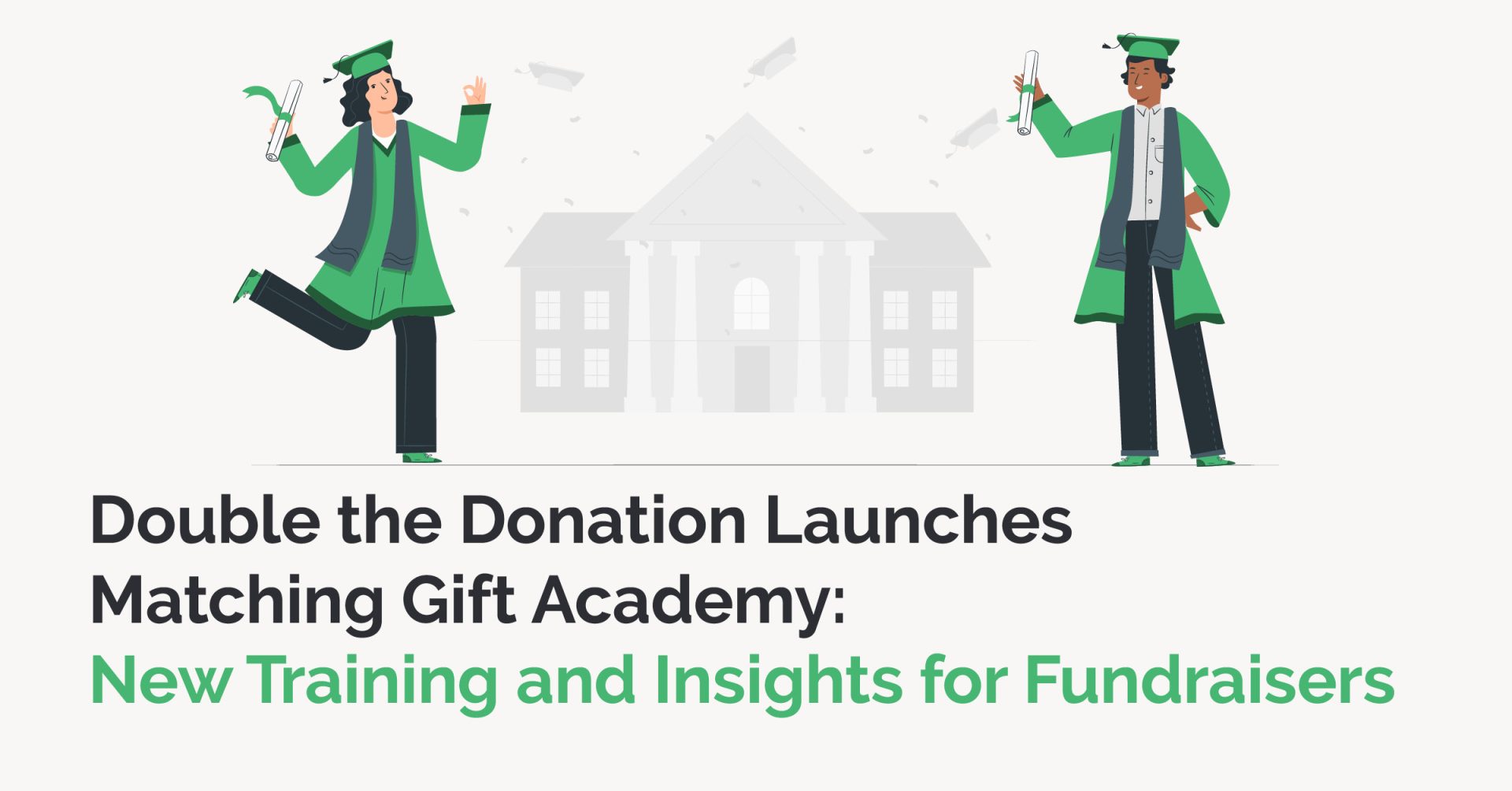
New Matching Gift Academy: Training + Insights for Fundraisers
Double the Donation is excited to announce the launch of our…
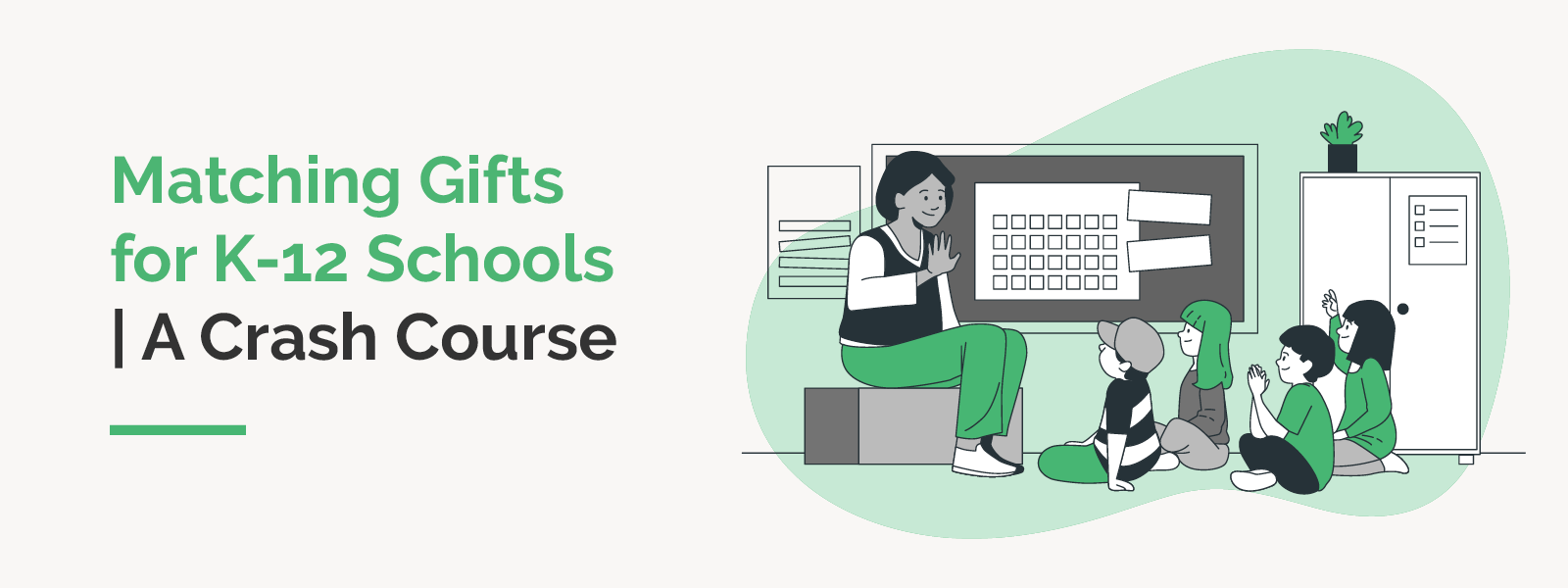
Matching Gifts for K-12 Schools | A Crash Course
Educational institutions, public and private alike, rely on strategic…

